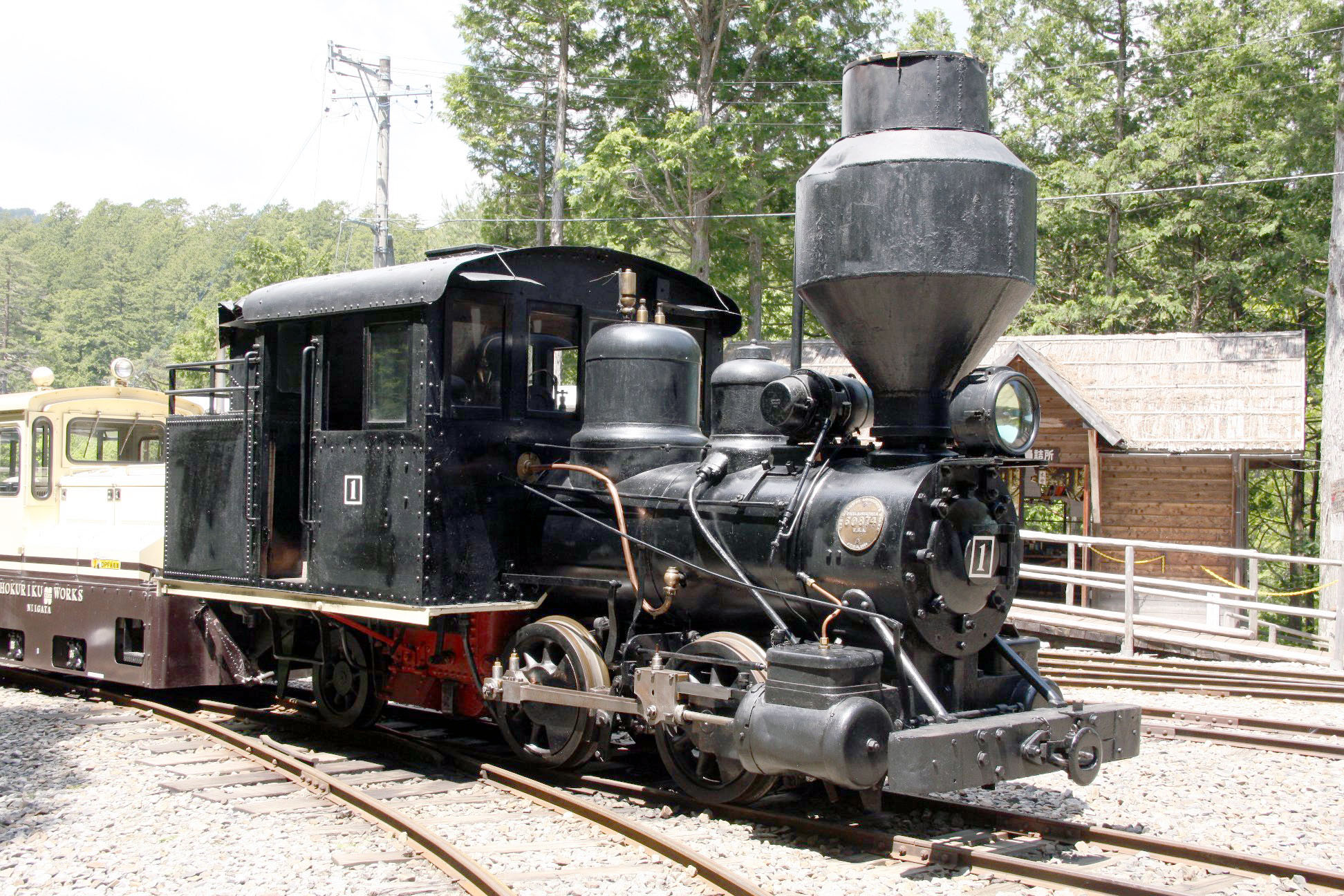Kiso Forest Railway on:
[Wikipedia]
[Google]
[Amazon]
 The was a network of 400 km of
The was a network of 400 km of
 The was a network of 400 km of
The was a network of 400 km of narrow gauge
A narrow-gauge railway (narrow-gauge railroad in the US) is a railway with a track gauge narrower than standard . Most narrow-gauge railways are between and .
Since narrow-gauge railways are usually built with tighter curves, smaller structu ...
light () railway lines that operated in the Kiso Valley
The is a geographical area that centers on the valley of the upper portions of the Kiso River in the southwestern part of Nagano Prefecture in Japan. It is a v-shaped valley with length of approximately 60 km (36 mi) that follows the ri ...
in Nagano Prefecture, Japan.
The railway was used to support the logging of cedar
Cedar may refer to:
Trees and plants
*''Cedrus'', common English name cedar, an Old-World genus of coniferous trees in the plant family Pinaceae
*Cedar (plant), a list of trees and plants known as cedar
Places United States
* Cedar, Arizona
* ...
forests in the region. The Kiso Forest had historically been the possession of a local lord, but at the time of the Meiji Restoration
The , referred to at the time as the , and also known as the Meiji Renovation, Revolution, Regeneration, Reform, or Renewal, was a political event that restored practical imperial rule to Japan in 1868 under Emperor Meiji. Although there were ...
had become the property of the Imperial family. In 1901, a railway was laid into the forests and was initially worked by hand or animals. The first locomotives built by Baldwin Locomotive Works were introduced in 1907. Further locomotives were obtained from Baldwin, as well as a Shay locomotive that was transferred to the Alishan Forest Railway in Taiwan when that line opened. The railway was extensively rebuilt in 1920, with steel bridges and 24 tunnels.
The railway was abolished in stages between 1966 and 1976.
References
2 ft 6 in gauge railways in Japan Forest railways Railway lines in Japan Defunct railroads Railway lines opened in 1901 {{Japan-rail-transport-stub